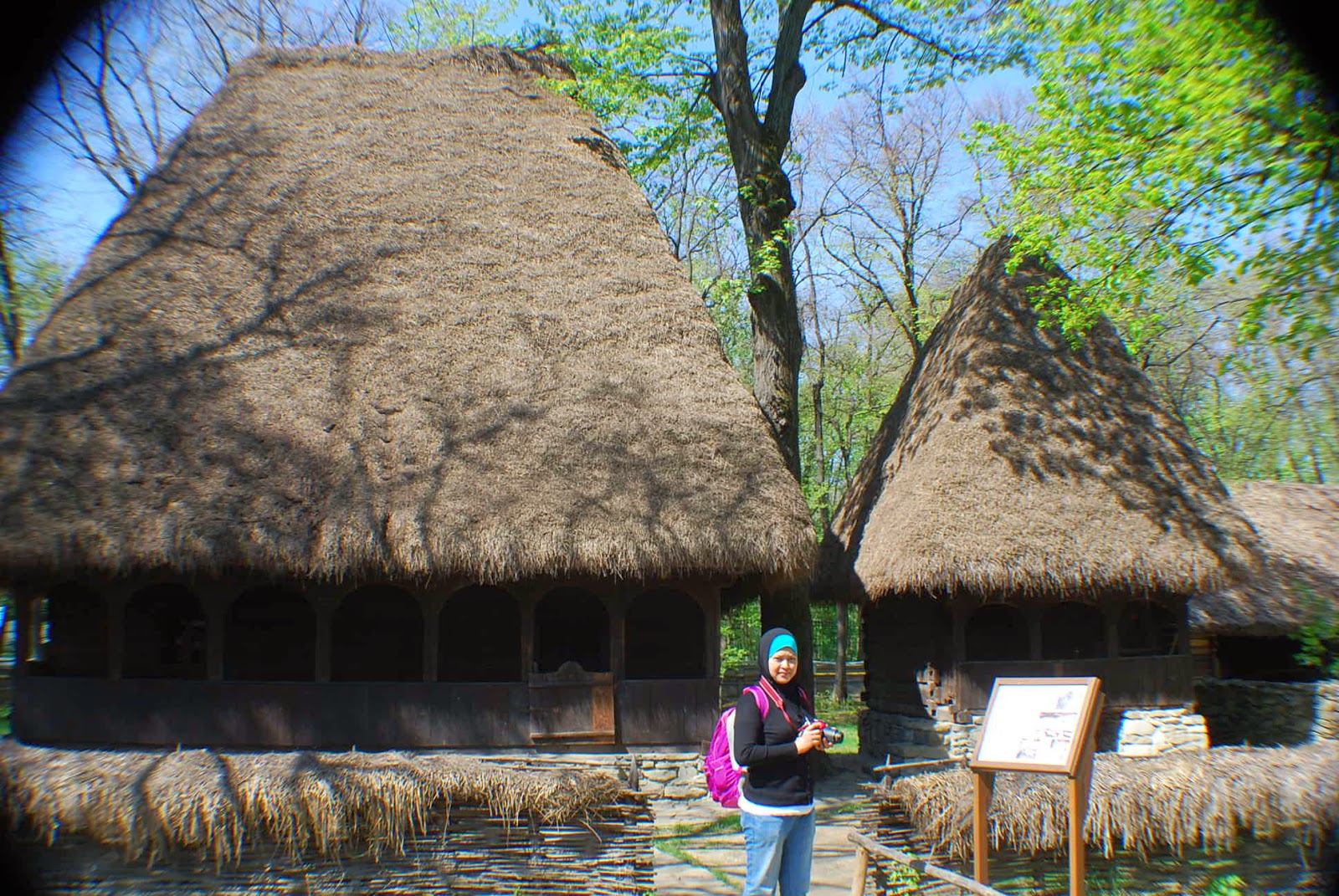Date of visit: 9th April 2014
The last place that our group visited that day was to Dimistrie Gusti National Village Museum. We took that opportunity to get some souvenirs from the local souvenirs shop seated at the entrance to the museuem. The souvenirs shop had numerous local items for the tourist to pick-up for. Our mandatory purchased from Bucharest city and the rest of the cities are the fridge magnet. I was dissapointed as the shop did not have any plate showing Romanian for me to hang at my travel wall. Nevertheless, a walk that day was pretty nice.
The last place that our group visited that day was to Dimistrie Gusti National Village Museum. We took that opportunity to get some souvenirs from the local souvenirs shop seated at the entrance to the museuem. The souvenirs shop had numerous local items for the tourist to pick-up for. Our mandatory purchased from Bucharest city and the rest of the cities are the fridge magnet. I was dissapointed as the shop did not have any plate showing Romanian for me to hang at my travel wall. Nevertheless, a walk that day was pretty nice.
The Village Museum (Muzeul
Satului in Romanian) is an open-air ethnographic museum located in the
Herastrau Park (Bucharest, Romania), showcasing traditional Romanian village
life. The museum extends to over 100,000 m2, and contains 272 authentic peasant
farms and houses from all over Romania. It was created in 1936 by
Dimitrie Gusti, Victor Ion Popa, and Henri H. Stahl.
It is unanimously
deemed by foreign tourists a sight not to be missed out, being rated as 1 of the
best and most complete museums in the country. Enjoying a virtually central
location in Bucharest, the museum stands out in sharp relief as an oasis of
tranquility, clipped from a time of immemorial rural
legend.
This outdoor museum fills a surface of about 10 hectares, in a
park populated with examples of Romanian rural architecture. The park aims to
provide a comprehensive picture of the architectural styles used in building
the traditional rural homes throughout Romania, in sundry regions of the
country (Moldavia, Oltenia, Transylvania, Banat, and Dobrogea, etc).
The houses aside, the patrimony of the museum is complemented by churches,
outhouses and mills, such as to offer visitors a thorough picture of the
Romanian traditional village life. The structures (depending on their type) are
furnished with authentic items (old furniture, tapestries, tools and the like),
such as to render as closely as possible the atmosphere of the rural life.
In order to keep true to the purpose of the village museum, the
structures were made of materials ascertained as traditional materials used in
erecting the buildings by the peasants themselves in the course of history
(clay, wood, thatch and stone). The perishable nature of
these materials is an inexhaustible source of challenge for the museum, which
is faced with the situation of preserving the structures as such, without
tampering with the genuineness of the peasant set by altering the raw material
of which the exhibits were made.
On top of its unchallenged inner value, the museum is
located just nearby the Herastrau Park, 1 of the most beautifully landscaped
public parks of Bucharest. Please take note that Arcul De Triumf is located just near the corner of the Herastrau Park, close by to the museum. I would like to suggest for you to manage your time by visiting these 3 places in 1 shot. I.e. the park, the arch and the museum at 1 go. Do not forget to stop by at the souvenir shop within the precincts of the
museum next to the ticket counter, though deemed less valuable than its counterpart at the Museum of the
Romanian Peasant.
As an interesting historical reference, the museum was,
chronologically speaking, the third outdoor museum ever founded in Europe.













No comments:
Post a Comment